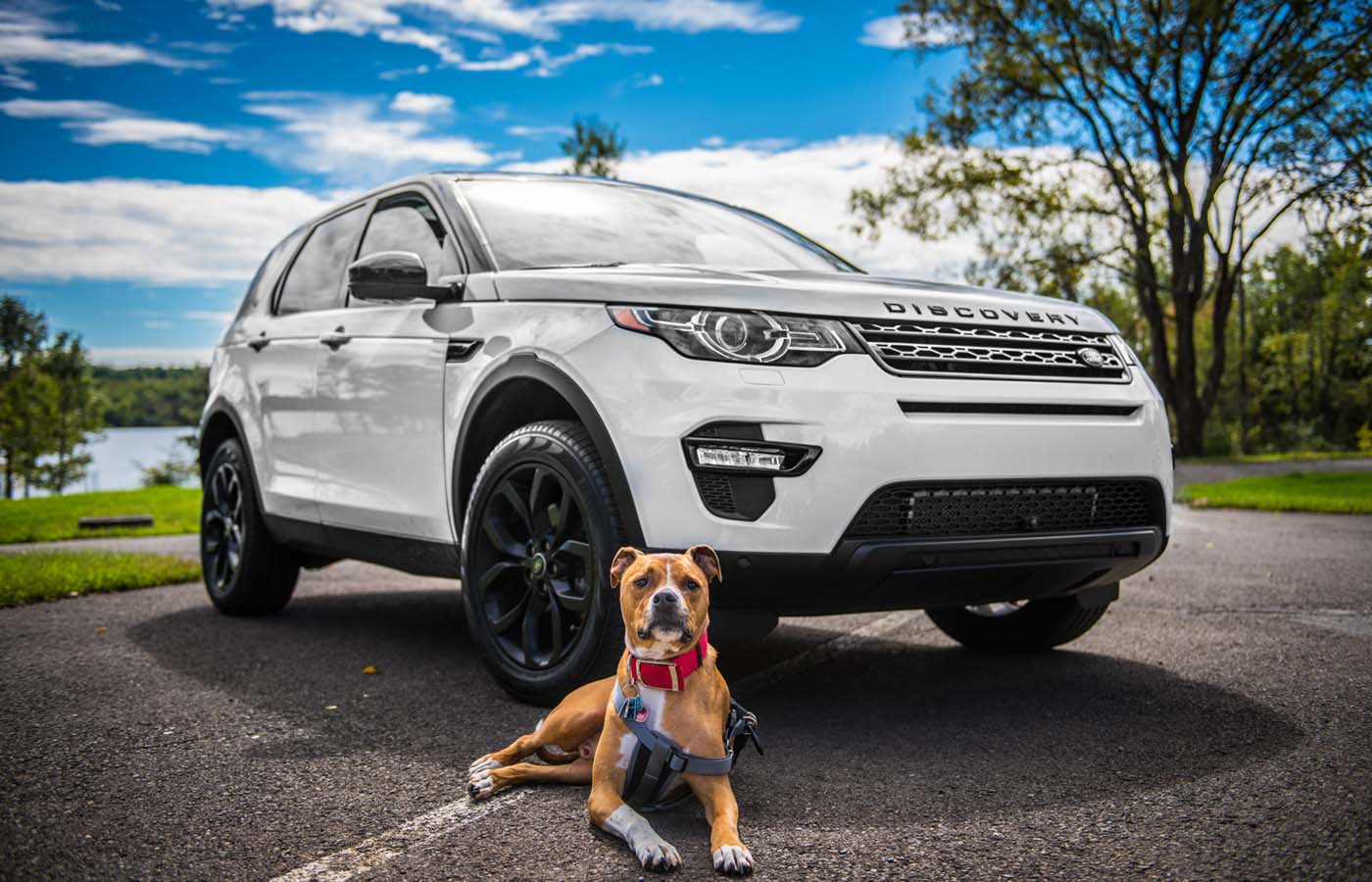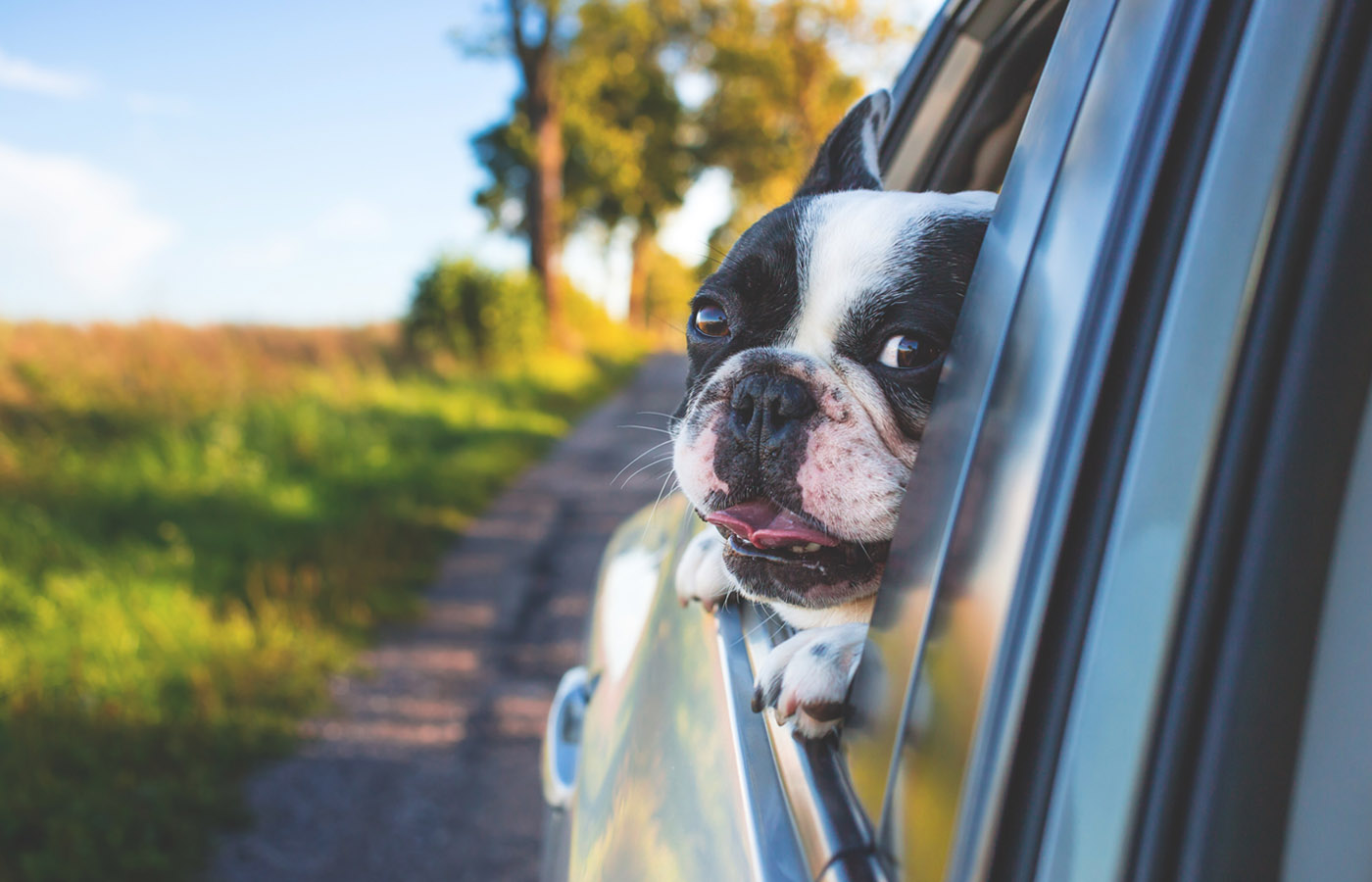Planning for a long vacation this summer? Is the family prepped for that long road trip? If you have a pet dog or cat, then you should probably leave them at home.
Why? Because contrary to popular belief, most dogs hate traveling regardless of breed.
But what about cats or dogs that love car rides? I had the same experience. My pooch (a female German shepherd named Sam) loves riding shotgun with me in the car. In fact, the sound of car keys and opening the garage door is enough to excite the hell out of my pet.
But as it turns out, dogs that love to travel or take car rides have learned to like it rather than naturally preferring to take short trips around town.
And there are reasons for this.
Dogs and cats are naturally cautious of their surroundings
Wild dogs travel in packs for a reason. The same goes for other animals such as wolves, reindeers, horses, and camels. They do this for better protection against predators.
But domesticated animals like dogs and cats are used to their own herd: you and the family. With that being said, this is the reason why most dogs like to remain in familiar places.

Home is the ultimate territory
Dogs like it at home, and why not? Home is a place where food and water are abundant and shelter is easy to find.
But home is also a symbol of your pet’s social group, namely dogs, other animals, and humans. Scientists say dogs have a home range, which is the area in which your pet feels the most comfortable and secure.
Outside the home range is the periphery. For example, the park on the next street, the basketball court beside the neighbor’s house, or your home street, in general, is considered the periphery.
Your pet still feels a bit comfy in the periphery, but not as much in the home range, which dogs recognize mainly by smell. This is the reason why dogs like peeing on lampposts, trees, or any random object on the street – to mark their territory.
If you take your pet to a faraway place, anxiety usually sets in. Why? Because he/she is far from the home range and periphery. When this happens, there’s a greater chance of your pet being overpowered by a bigger, larger, or older dog. In some cases, a dog wandering in the unfamiliar territory might get in trouble with other dog members in the gang.
Traveling versus wandering
But taking your dog for a walk in an unfamiliar place has benefits as well. Most dogs will relish the opportunity to absorb the new sights, sounds, and scents in a new place. It’s healthy for a dog to wander, play, or exercise beyond the home range and periphery.
However, it’s a different story if the dog is traveling to another place. Your pet will naturally be more anxious, cautious, and defensive. There’s a big difference between wandering and traveling.

Dogs and cats in cars
I’m sure you’re aware most pets get carsick, most especially if they’re not accustomed to riding in a moving vehicle. But for some dogs, riding a car is like using a smartphone for the first time: there are just so many features and apps to explore. As long as motion sickness doesn’t get in the way, giving your pet a car ride is one of the most exhilarating and joyous experiences they can ever have, as long as they get used to it.
The trick is to associate traveling or car rides with a fun-filled experience. If car rides usually mean a trip to the vet, your pet may look at traveling to be fearful rather than fun. It’s why the kids love going to grandma and grandpa’s home and loathe being around cranky Uncle Joe.
However, the fact remains the same. Your pet cat or dog is happiest in the comforts of home. Take this into consideration the next time you take your pet for a long drive.



